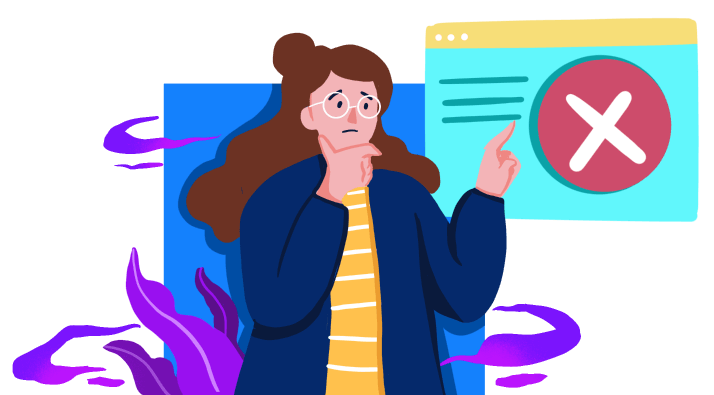Lesson 1: Where and Why Blockchains Make Sense
Welcome to the first lesson in Kriptomat Academy’s “Blockchain Use Cases” course. In this lesson, we’ll get an overview of the range of roles blockchains play in a growing number of industries.
As we learned in previous lessons, a blockchain is a database.
- A database is a structured storehouse of information that is set up to allow access, analysis, and updates.
- The blockchain databases we think of most often store information about cryptocurrency transactions.
- They are set up as open ledgers that record the transfer when an amount of Bitcoin or another cryptocurrency is sent from one network address to another. In fact, the transfer happens when the transaction is recorded in the blockchain database.
But crypto is just the beginning when it comes to blockchains
- For example, blockchains can hold NFTs, which are like ownership certificates for digital or real-life goods.
- Blockchain networks can run decentralized applications, including the decentralized financial applications known as DeFi.
- And blockchains can be a great storage solution whenever privacy and data security are required.
The combination of three factors makes blockchains unique
- First, blockchains allow users to send digitally encrypted information to anyone who has an address on the blockchain. For example, you might send your medical records to a new doctor you are seeing.
- Second, data is secure and unchangeable once it’s stored on the blockchain. No one can go back in time and alter or erase a transaction. This makes a blockchain database an ideal way to record votes in an election.
- Third, blockchains can serve as a public record of custody. This means you could use a blockchain to trace the ownership of food or other products from where they began to your home, with no gaps along the way.
Beyond all that, some blockchains can run computer programs
- Ethereum is the most widely used blockchain capable of running “smart contracts,” programs that are executed by the same programs that keep the Ethereum network running.
- Ethereum-hosted blockchains are generally able to run smart contracts too because they use the same execution engine, the Ethereum Virtual Machine, or EVM.
- This is why most decentralized apps, or dApps, are hosted on Ethereum or Ethereum-compatible blockchains.
Smart contracts are limited because they work only with information that has been stored on the blockchain.
- For example, you can’t use smart contracts to create a DeFi app that buys Bitcoin when the price of gold hits a certain target. That’s because the blockchain doesn’t know the price of gold.
- That’s where blockchain oracles come in. A blockchain oracle is an app that creates a bridge between the blockchain and reliable off-chain data sources. The New York Stock Exchange, for example, is a reliable source for stock prices.
- Oracles use consensus mechanisms to validate off-chain data and then deliver the verified data to the blockchain where it can be used by on-chain applications like the Bitcoin-buying dApp.
Most blockchain applications we cover in this lesson can also be accomplished with conventional databases. However, blockchains lead to better solutions because of unique combinations of features.
- Once data is added to a blockchain database, the transaction is recorded forever. It can’t be removed or altered. The only way to undo it is to make a new transaction to reverse it.
- Blockchains are anonymous. Participants in blockchain transactions are identified only by network addresses. Any application can choose to identify participants, but the blockchain allows anonymity when and where appropriate.
- Blockchains are decentralized and distributed. Distributed means the data is stored on multiple nodes and decentralized means that no node holds a single master copy – all copies have equal validity.
So – what have we learned?
- Blockchains can do a lot more than keep track of cryptocurrency transactions.
- Blockchains serve as an anonymous but public record of ownership.
- Blockchain oracles make off-chain data streams available to decentralized apps that run on blockchains.
That’s the end of this lesson! Test your understanding and earn points toward a Kriptomat Academy certificate of achievement by taking the test!

 IOS
IOS Android
Android